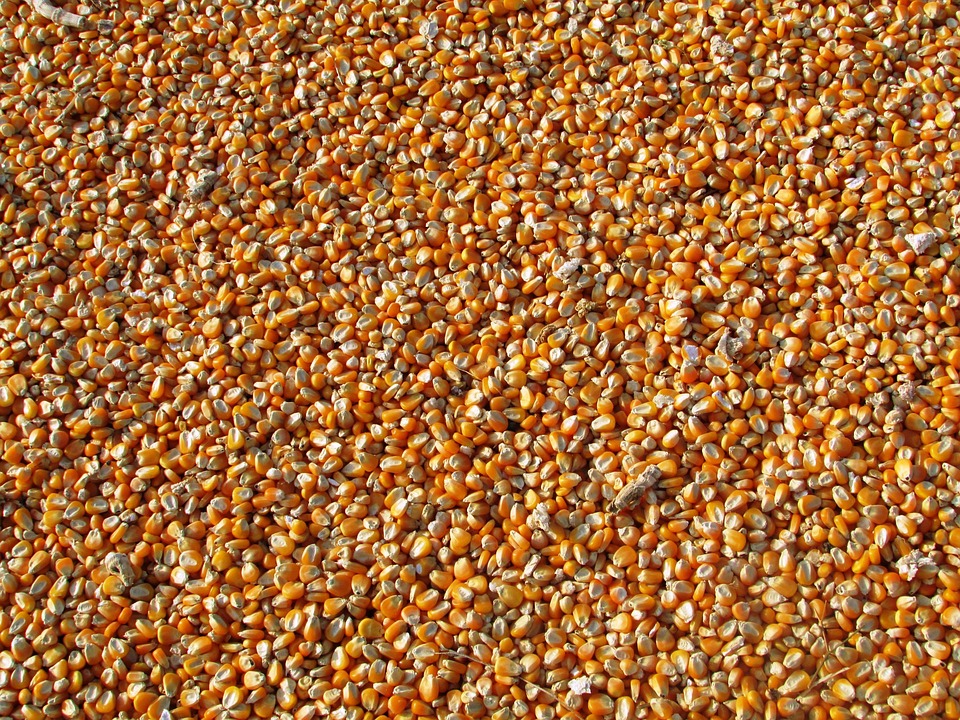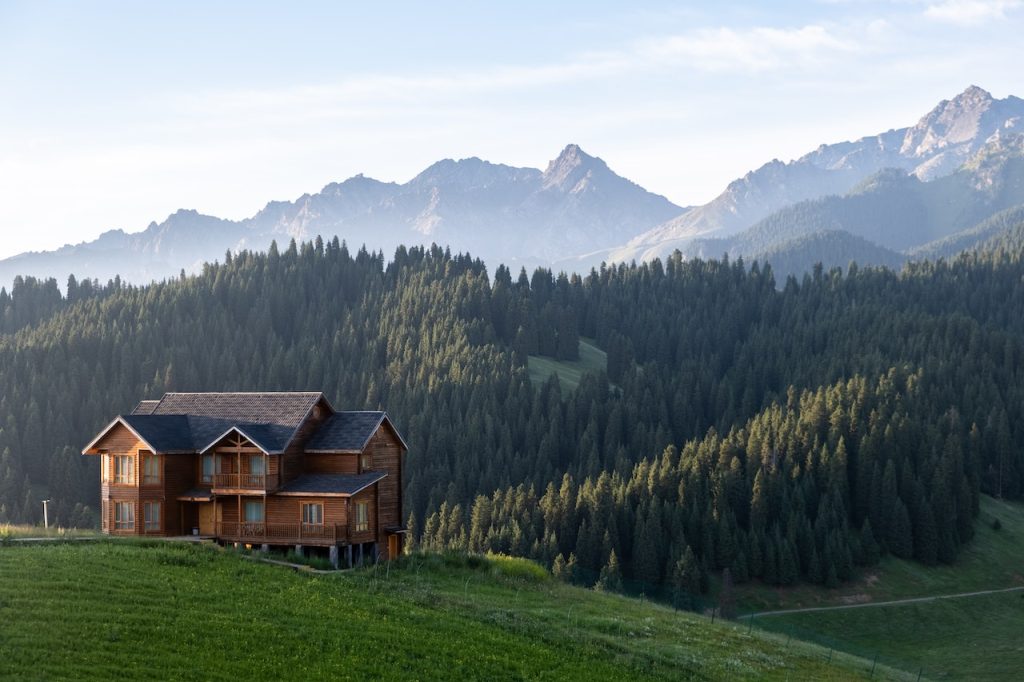# Regenerative Agriculture: Healing the Land Soil by Soil
Imagine stepping out of your cozy little wooden cabin, the sun just beginning to peek over the horizon, casting golden rays across the dewy fields. The air is crisp, filled with the earthy scent of rich soil and blooming wildflowers. This fragrant morning is more than just a delightful start to the day; it’s the result of passionate, purposeful farming that goes beyond mere sustenance. This is the essence of regenerative agriculture—a holistic approach that offers an ensemble of benefits to the land, the food we eat, and our entire ecosystem.
## Understanding Regenerative Agriculture
Regenerative agriculture is fundamentally about healing the land. Rather than merely sustaining existing soil health, it seeks to replenish and enrich ecosystems. It embraces practices aimed at restoring soil health, enhancing biodiversity, and capturing carbon from the atmosphere. Picture a vibrant patchwork of crops, vibrant cover crops, and diverse animal life—each element working harmoniously to create a resilient food system that nurtures both people and the planet.
### Why Regenerative Agriculture Matters
The world is facing unprecedented challenges, from climate change and soil depletion to a rising population in need of food. Conventional farming methods often contribute to these issues. Heavy use of chemicals, monocropping, and soil erosion are just a few pitfalls of modern agriculture. Regenerative agriculture stands as a beacon of hope, proposing solutions that not only counteract these challenges but actively restore the land.
1. **Soil Health:** Regenerative practices focus on rebuilding soil organic matter, which boosts soil health and provides essential nutrients to crops. A vibrant soil ecosystem teems with microorganisms, insects, and plant roots that work symbiotically to enhance productivity.
2. **Carbon Sequestration:** By improving soil health, regenerative agriculture plays a pivotal role in capturing carbon from the atmosphere. Healthy soils act as carbon sinks, absorbing CO2 and actively mitigating climate change.
3. **Biodiversity:** A diverse array of plants and animals fosters a balanced ecosystem. Increased biodiversity not only strengthens the resilience of farms but also enhances pest control and pollination services.
4. **Economic Resilience:** Regenerative techniques can lead to reduced input costs over time, as practices like cover cropping reduce the need for chemical fertilizers and pesticides. Farmers can build resilience against market fluctuations, ensuring long-term viability.
## Key Practices of Regenerative Agriculture
### 1. **Cover Cropping**
Cover crops play a crucial role in enhancing soil health. Planting species like clover, vetch, or rye in the off-season covers the ground, preventing erosion and suppressing weeds. Their deep roots improve soil structure, allowing water to infiltrate and reduce runoff. When tilled back into the soil, they add organic matter and nutrients.
### 2. **Crop Rotation**
Crop rotation disrupts pests and diseases common to specific crops. Alternating between different crops also helps maintain soil fertility and reduces the risk of nutrient depletion. For instance, rotating legumes with grains fixes nitrogen in the soil, enhancing fertility without synthetic fertilizers.
### 3. **Agroforestry**
Integrating trees into agricultural landscapes creates a polyculture that increases biodiversity and offers multiple products. Trees provide shade, improve soil moisture retention, and reduce wind erosion. They also create habitats for wildlife and beneficial insects.
### 4. **No-Till Farming**
No-till farming involves minimal disturbance to the soil structure. This practice protects soil microorganisms and reduces the release of carbon stored in the soil. By leaving the soil undisturbed, you can build organic matter over time and enhance overall soil health.
### 5. **Holistic Grazing**
Grazing animals in a rotational manner allows grasslands to recover, encouraging plant growth and preventing overgrazing. This method mimics natural herd movements, enriching the soil through natural fertilization while promoting biodiversity.
## The Ripple Effect: Benefits Beyond the Farm
The impact of regenerative agriculture extends well beyond the farm gates.
– **Community Health:** Access to naturally grown, nutrient-dense foods promotes healthier diets and overall community well-being. By prioritizing local sales through farmers’ markets and community-supported agriculture (CSA) programs, farms contribute to the local economy.
– **Cultural Restoration:** Regenerative practices can reinvigorate traditional farming methods that align with local ecosystems. This approach helps preserve cultural identities linked to agriculture and strengthens community ties.
– **Global Impact:** By sequestering carbon and revitalizing degraded lands, regenerative agriculture offers solutions to global climate challenges. Individuals and communities worldwide can adopt and amplify these successful practices.
## Pro Tips for Getting Started with Regenerative Agriculture
1. **Start Small:** If you’re new to regenerative agriculture, start with a small section of your garden or farm. Experiment with one or two regenerative practices, like cover cropping or crop rotation, before expanding.
2. **Observe and Learn:** Spend time observing the dynamics of your land. Note the types of plants, insects, and wildlife present, and make adjustments based on your observations.
3. **Incorporate Native Plants:** Native plants are well-adapted to local conditions and provide essential habitat for local wildlife. They also support pollinators and enhance biodiversity.
4. **Mind Your Soil:** Regularly test your soil to understand its nutrient content and pH level. This insight can guide your decision-making in amendments and crop selection.
5. **Collaborate:** Connect with local regenerative farmers, agricultural extension services, and online communities. Sharing experiences and resources can help you learn and inspire others.
## Conclusion: Embracing Regenerative Futures
Regenerative agriculture isn’t merely a trend but a transformative approach that has the potential to heal our planet, one soil at a time. By nurturing the land and embracing sustainable practices, we can cultivate not only healthy crops but also robust ecosystems and vibrant communities. Through collective effort and shared wisdom, we can redefine our relationship with nature and create a more resilient world for future generations. So, roll up your sleeves, grab a spade, and let’s dig into a future where agriculture thrives hand in hand with the earth!
—
### Call to Action
As you embark on your regenerative agriculture journey, why not document your experiences? Share your stories, successes, and challenges with others, encouraging them to join the movement towards sustainable farming. Together, we can inspire a global shift toward healing our planet. Join the conversation in the comments below and let’s cultivate change!



